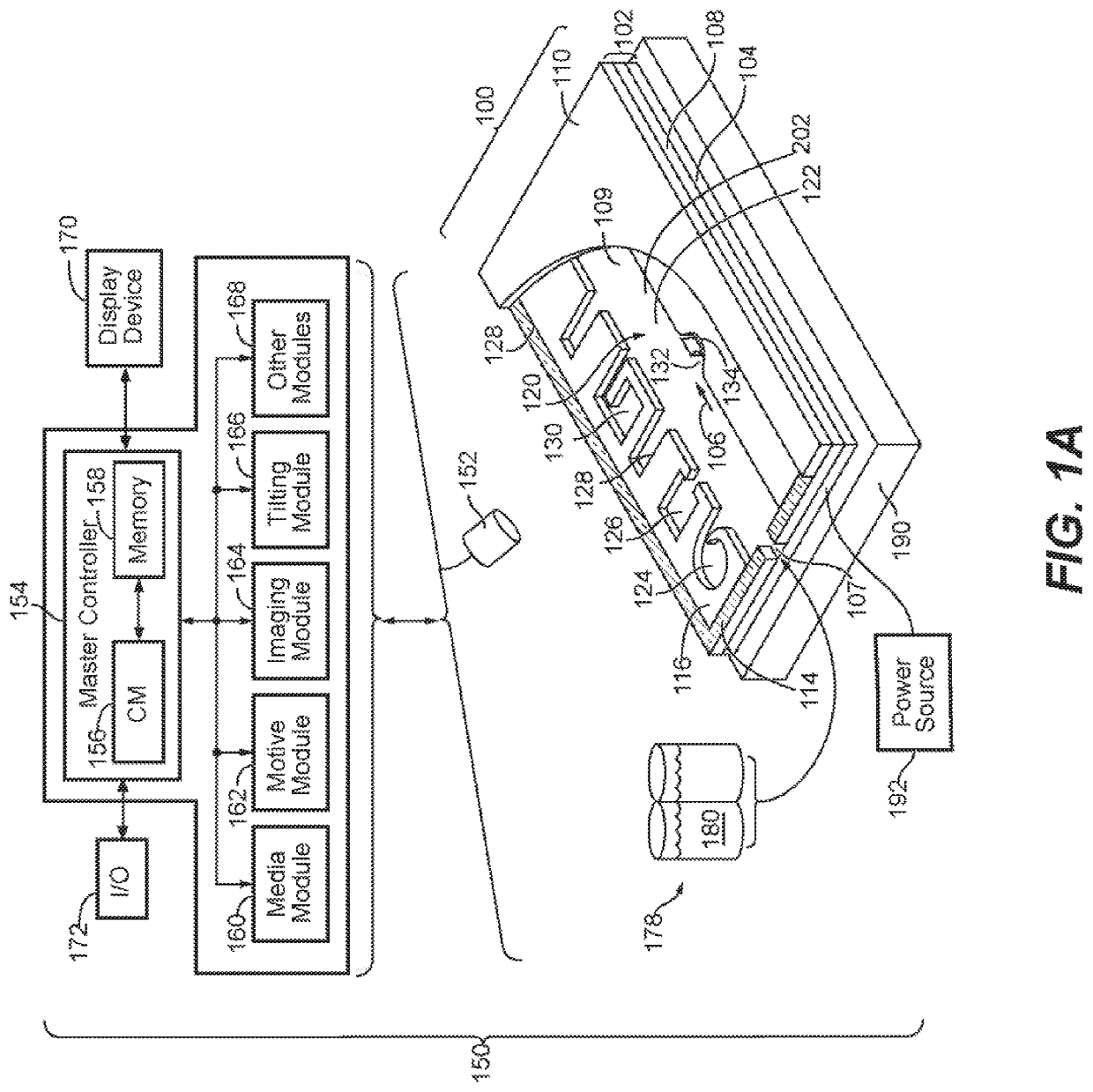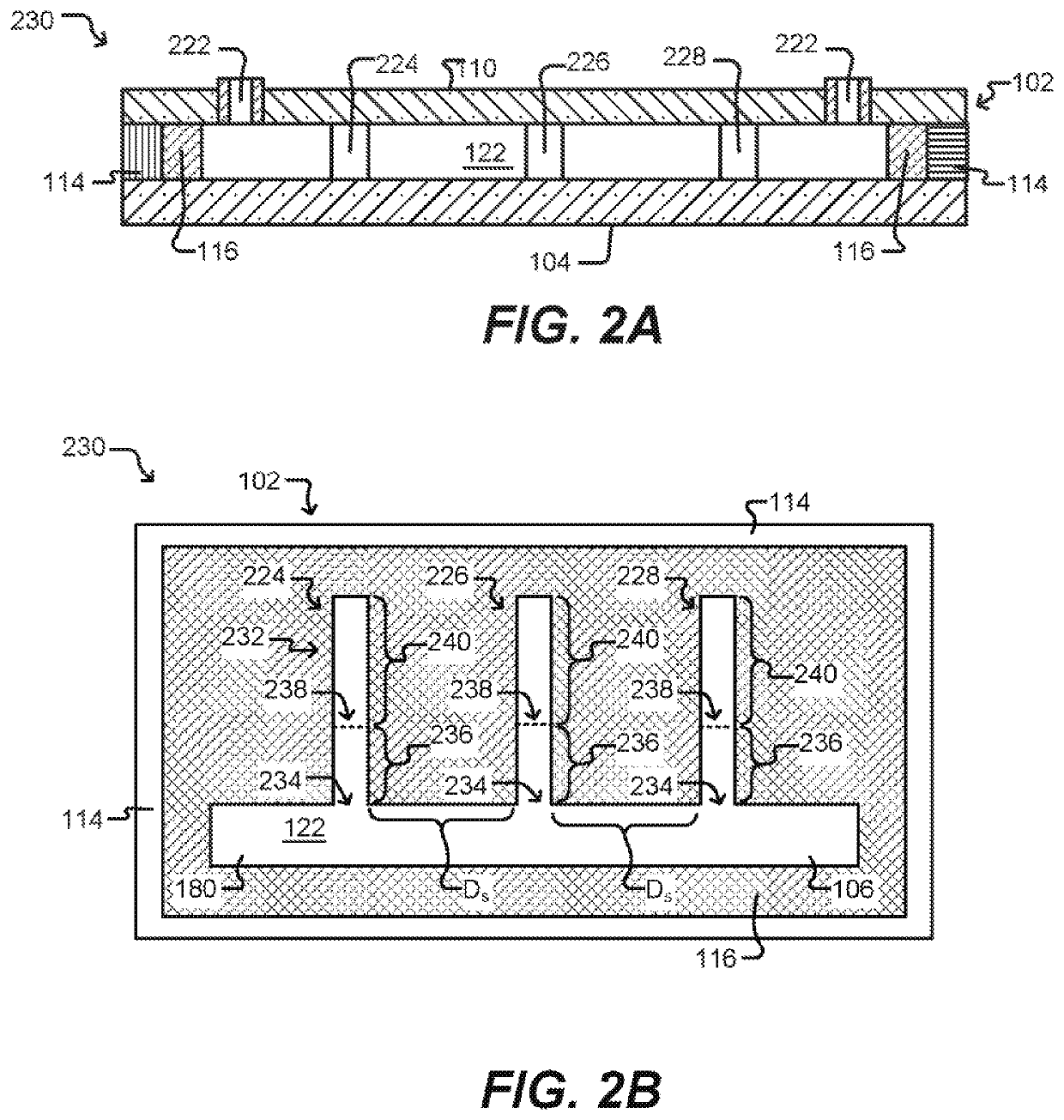DNA barcode compositions and methods of in situ identification in a microfluidic device
a microfluidic device and composition technology, applied in the field of dna barcode composition and in situ identification in a microfluidic device, can solve the problems of remained extremely difficult—and often impossible—to link the genome and transcriptome sequence to the specific phenotype of the cell that was sequenced
- Summary
- Abstract
- Description
- Claims
- Application Information
AI Technical Summary
Benefits of technology
Problems solved by technology
Method used
Image
Examples
example 1
re, Sequencing Library Preparation and Sequencing Results as Demonstrated for OKT3 Cells
[0475]Cells: OKT3 cells, a murine myeloma hybridoma cell line, were obtained from the ATCC (ATCC®® Cat. # CRL-8001™). The cells were provided as a suspension cell line. Cultures were maintained by seeding about 1×105 to about 2×105 viable cells / mL and incubating at 37° C., using 5% carbon dioxide in air as the gaseous environment. Cells were split every 2-3 days. OKT3 cell number and viability were counted and cell density is adjusted to 5×105 / ml for loading to the microfluidic device.
[0476]Culture medium: 1000 ml Iscove's Modified Dulbecco's Medium (ATCC® Catalog No. 30-2005), 200 ml Fetal Bovine Serum (ATCC® Cat. #30-2020) and 10 ml penicillin-streptomycin (Life Technologies® Cat. #15140-122) were combined to make the culture medium. The complete medium was filtered through a 0.22 μm filter and stored away from light at 4° C. until use.
[0477]When perfusing during incubation periods, the culture...
example 2
enotyping, Culturing, Assaying and RNA Sequencing. Linkage of Phenotype to Genomic Information
[0488]The microfluidic system, materials and methods were the same as in Experiment 1, except for the following:
[0489]Cells: Control cells were human peripheral blood T cells. Sample cells were human T cells derived from a human tumor sample.
[0490]Culture medium: RPMI 1640 medium (Gibco, #12633-012), 10% Fetal Bovine Serum (FBS), (Seradigm, #1500-500); 2% Human AB Serum (Zen-bio, #HSER-ABP100 ml) IL-2 (R&D Systems, 202-IL-010) 2 U / ml; IL-7 (PeproTech, #200-07) 10 ng / ml; IL-15 {PeproTech, #200-15) 10 ng / ml, 1× Pluronic F-127 (Life Tech Catalog No. 50-310-494).
[0491]Human T cells derived from a human tumor sample were stained with an antigen off-chip then introduced to the microfluidic channel of the OptoSelect device at a density of at a density of 5×E6 cells / ml. Both antigen positive T cells (P-Ag) and antigen negative cells (N-Ag) were moved by optically actuated dielectrophoretic force to...
example 3
re, Sequencing Library Preparation and Sequencing Results as Demonstrated for OKT3 Cells
[0500]Apparatus, priming and perfusion regimes, cell source and preparation were used / performed as in the general methods above, unless specifically noted in this example. The media and OptoSelect device were maintained at 37° C., unless otherwise specified.
TABLE 4Primers for use in this experiment.SEQIDNo.Sequence / s109BiotinTEG_N701 / 5BiotinTEG / CAAGCAGAAGACGGCATACGAGATTCGCCTTAGTCTCGTGGGCTCG*G110BiotinTEG_N702 / 5BiotinTEG / CAAGCAGAAGACGGCATACGAGATCTAGTACGGTCTCGTGGCCTCG*G111BiotinTEG_S506 / 5BiotinTEG / AATGATACGGCGACCACCGAGATCTACACACTGCATATCGTCGGCAGCGT*C
[0501]This experiment demonstrated that Nextera sequencing libraries (Illumina) can be generated with isothermal PCR using one biotinylated priming sequence (carrying a barcode) attached to a bead and one primer free in solution. OKT3 cells (150) were imported into the OptoSelect device, and loaded using optically actuated dielectrophoretic forces into N...
PUM
| Property | Measurement | Unit |
|---|---|---|
| Angle | aaaaa | aaaaa |
| Electric charge | aaaaa | aaaaa |
| Force | aaaaa | aaaaa |
Abstract
Description
Claims
Application Information
 Login to View More
Login to View More - R&D
- Intellectual Property
- Life Sciences
- Materials
- Tech Scout
- Unparalleled Data Quality
- Higher Quality Content
- 60% Fewer Hallucinations
Browse by: Latest US Patents, China's latest patents, Technical Efficacy Thesaurus, Application Domain, Technology Topic, Popular Technical Reports.
© 2025 PatSnap. All rights reserved.Legal|Privacy policy|Modern Slavery Act Transparency Statement|Sitemap|About US| Contact US: help@patsnap.com



